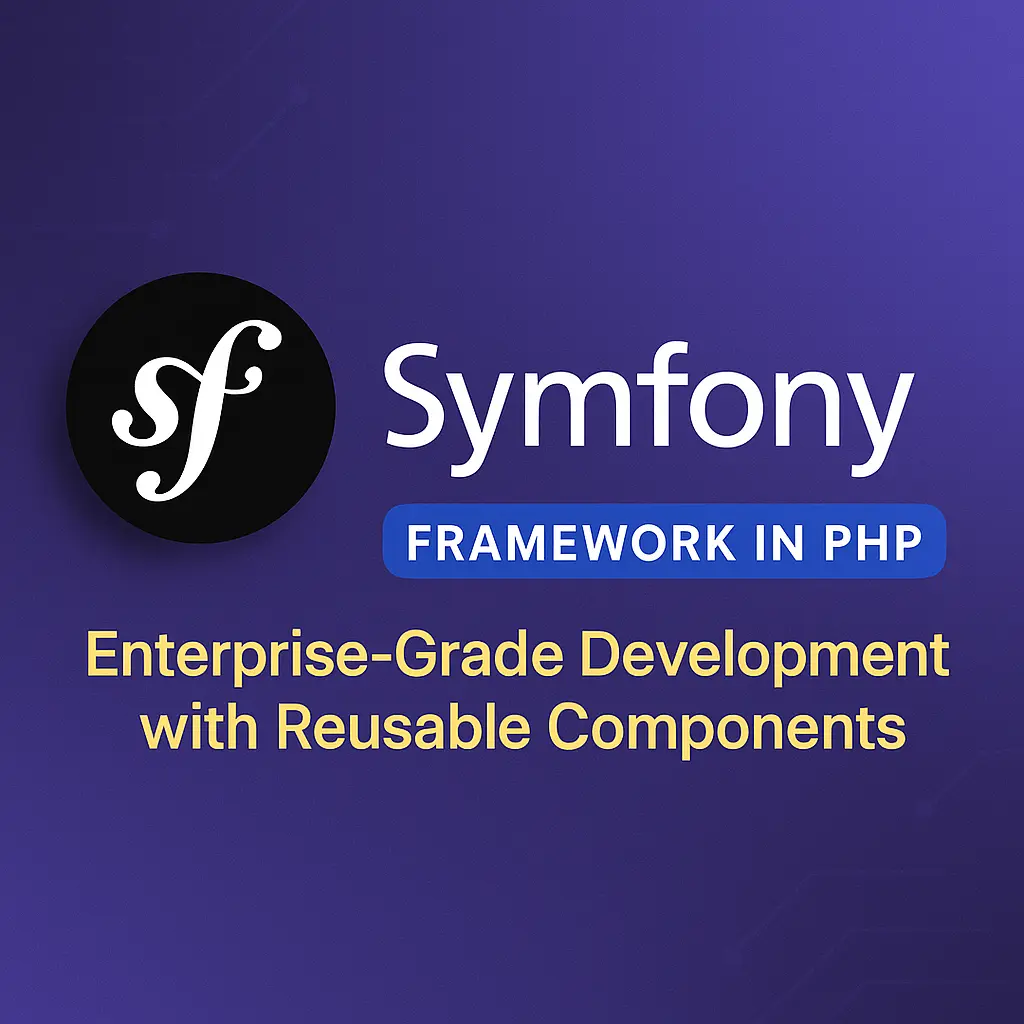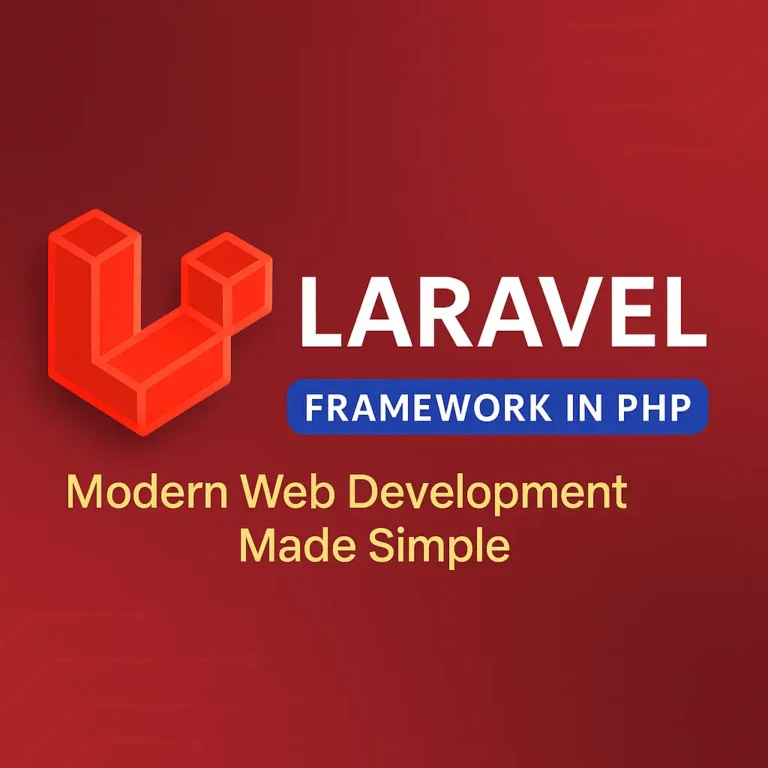Getting Started with Symfony
Installation
To begin using Symfony, you’ll need to install it using Composer, a dependency manager for PHP. Open your terminal and run the following command:
composer create-project symfony/skeleton my-symfony-app
This command will create a new Symfony project named my-symfony-app in the current directory. Composer will download all the necessary dependencies and set up the project structure for you.
Development Server
After creating a new Symfony project, you can use the built-in development server to run your application locally. Navigate to the project directory and run the following command:
php bin/console server:start
This command will start the Symfony development server, and you can access your Symfony application by visiting http://localhost:8000 in your web browser.
Configuration
Symfony’s configuration files are located in the config directory of your project. Here you can configure various aspects of your application, such as database connections, routing, and services.
The most important configuration file is .env, which contains environment-specific settings such as database credentials and application keys. Symfony automatically loads environment variables from this file, allowing you to keep sensitive information out of version control.
Symfony Components
Symfony is built on top of a collection of decoupled and reusable PHP components, which can be used independently in any PHP project. Let’s explore some of the core Symfony components:
HttpFoundation
The HttpFoundation component provides an object-oriented layer for the HTTP specification. It encapsulates HTTP request and response objects, making it easier to work with HTTP messages in PHP.
use Symfony\Component\HttpFoundation\Request;
$request = Request::createFromGlobals();
Routing
The Routing component allows you to define URL routing rules for your application. It maps incoming HTTP requests to specific controller actions based on URL patterns.
use Symfony\Component\Routing\Route;
use Symfony\Component\Routing\RouteCollection;
use Symfony\Component\Routing\Matcher\UrlMatcher;
use Symfony\Component\Routing\RequestContext;
$routes = new RouteCollection();
$routes->add('hello', new Route('/hello/{name}', ['_controller' => 'helloController']));
$context = new RequestContext();
$context->fromRequest($request);
$matcher = new UrlMatcher($routes, $context);
HttpKernel
The HttpKernel component provides a structured way of handling HTTP requests within your application. It defines an interface for handling requests and generating responses.
use Symfony\Component\HttpKernel\HttpKernel;
use Symfony\Component\HttpKernel\Controller\ControllerResolver;
$kernel = new HttpKernel($dispatcher, new ControllerResolver());
$response = $kernel->handle($request);
$response->send();
DependencyInjection
The DependencyInjection component provides a powerful mechanism for managing dependencies and injecting them into your application. It allows you to define services and configure their dependencies using XML, YAML, or PHP configuration files.
use Symfony\Component\DependencyInjection\ContainerBuilder;
use Symfony\Component\DependencyInjection\Loader\XmlFileLoader;
use Symfony\Component\Config\FileLocator;
$containerBuilder = new ContainerBuilder();
$loader = new XmlFileLoader($containerBuilder, new FileLocator(__DIR__));
$loader->load('services.xml');
$service = $containerBuilder->get('my_service');
Form
The Form component allows you to create and process HTML forms in your application. It provides a flexible form builder and handles form rendering, validation, and submission.
use Symfony\Component\Form\Extension\Core\Type\TextType;
use Symfony\Component\Form\Extension\Core\Type\SubmitType;
use Symfony\Component\Form\FormFactoryBuilder;
$builder = (new FormFactoryBuilder())->getFormFactory()->createBuilder();
$form = $builder
->add('username', TextType::class)
->add('submit', SubmitType::class)
->getForm();
Security
The Security component provides a comprehensive security system for your application. It handles user authentication, authorization, and encryption, allowing you to secure your application against common security threats.
use Symfony\Component\Security\Core\Authentication\Token\UsernamePasswordToken;
use Symfony\Component\Security\Core\Authorization\Voter\RoleHierarchyVoter;
$token = new UsernamePasswordToken($user, $credentials, 'main', $user->getRoles());
$security->setToken($token);
Conclusion
Symfony is a versatile PHP framework that offers developers a powerful set of tools and libraries for building modern web applications. By following the steps outlined in this article, you can quickly get started with Symfony and leverage its core components to build robust and scalable applications. Whether you’re a beginner or an experienced developer, Symfony provides the flexibility and functionality you need to succeed in your web development projects.






